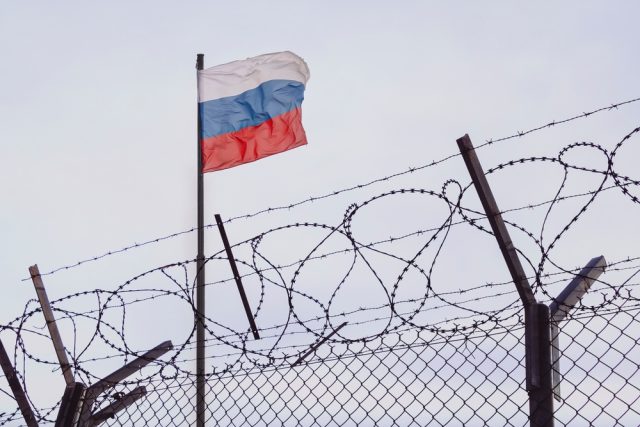
Since the beginning of the war of aggression against Ukraine, Russian citizens seeking refuge in the European Union exceed one million.
A similar number of Russian citizens, since the beginning of the war, have decided to cross the borders of their host European nations and return to the Motherland.
Numbers that tell stories, fears, hopes, feelings that accompany and contrast each other, depending on the experience and ideas of the individual person or family faced with a certainly difficult choice, whatever it may be.
Frontex, the European Border and Coast Guard Agency, which recently announced a 30% increase in the flow of people from Russia to Europe, gather these numbers.
In the last week, according to reports, at least 66,000 Russian citizens have crossed into the EU, in most cases using ‘routes’ that involve crossing the border into Finland or Estonia.
We are talking about an increase of almost a third more than the average in the last week, but this leap forward is forced to crash against the ‘wall’ that Finland has erected as of tonight.
In fact, the Scandinavian state has announced the closure of its eastern borders for those coming from Russia, allowing access for proven work-related reasons, visits to relatives or the need for medical treatment. All reasons to be documented.
The escalation of the situation was caused by the so-called ‘partial mobilisation’ announced by Vladimir Putin a few days ago.
This is an ‘upgrade’ of the conflict with Ukraine that provides for a series of special measures, contained in a decree signed by the Russian President, such as the call-up to arms for 300,000 reservists, among them many people now unfit for war, without up-to-date training that would allow them to quickly become useful again to the nation’s military cause.
Putin’s decision triggered chaos, leading to protests in various cities and regions and the arrest of thousands of protesters. Most of the arrests were made between St. Petersburg and Moscow. Many young people these days are mentally struggling to reconcile the patriotic sentiment, which is always very strong throughout the population, with total or partial disagreement with the conflict situation with Ukraine.
The Western media are documenting, as well as they can, the dramatic scenes, fuelled by the tightening of sanctions against the protesters justified precisely by the emergency caused by the war.
Moreover, we must take into account how peculiar this mobilisation is, at the dawn of what the entire West has branded as the ‘farce referendum’. The shift from special operation to partial mobilisation is in conjunction with the need to give military cover to the annexation of the territories of Donetsk, Lugansk, Kherson and Zaporizhzhya.
Now the Russian citizens who are opposed to Putin’s war, who are nevertheless called to fight, have to deal with the armoured Finnish border and the entry restrictions already applied in recent days by other states affected by the arrivals.
Added to this, there is another aspect of Moscow’s reaction to those who refuse to fight. According to the New York Times, in recent days, the authorities who handed them their call to arms documents approached many fugitives who were queuing in cars at the border with Georgia, (officially for tourist reasons).
However, Frontex reports that many desperate people fleeing Moscow hold residence permits or visas for EU member states or Schengen associated countries, while others have dual citizenship.
Illegal crossings and illegal stays of many Russian citizens, already in the EU but holding permits that at some point will expire and no longer be renewable, could increase in the near future.
An announcement of border closures to all potential conscripts by the Russian government, combined with intensified mobilisation and repression against those who protest, could increase the phenomenon to unprecedented levels.



 Subscribe
Subscribe